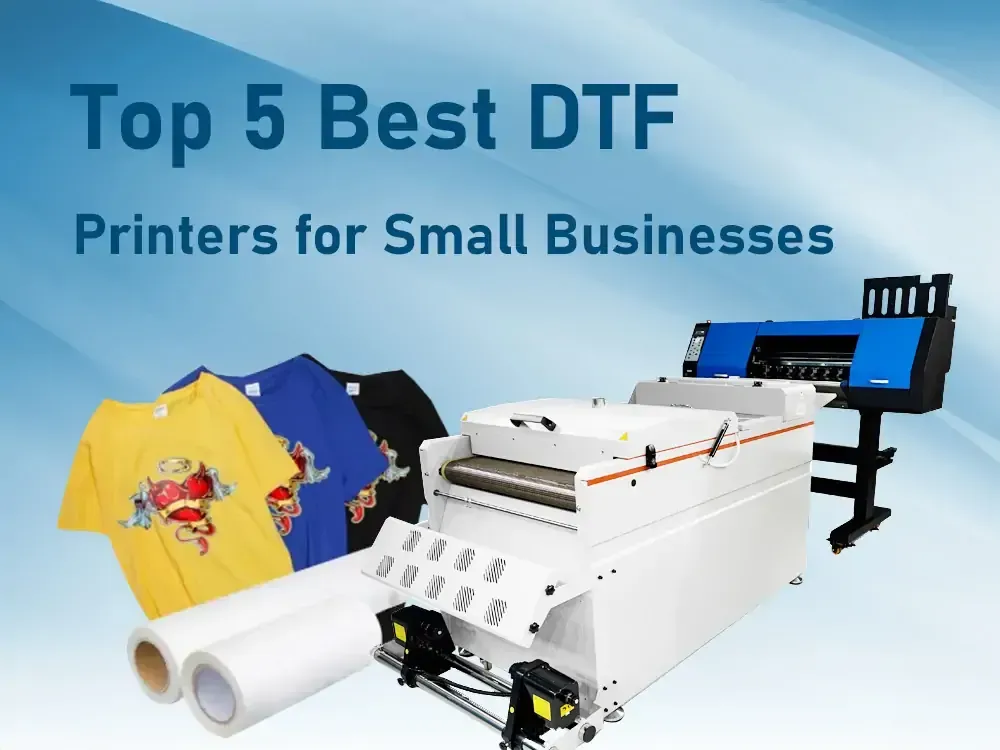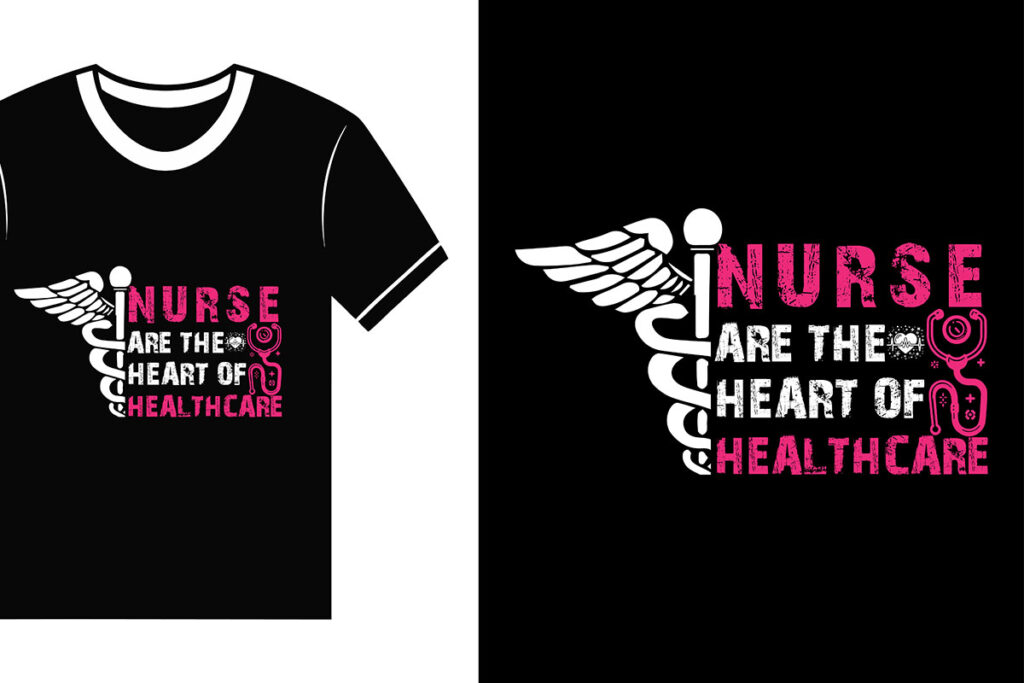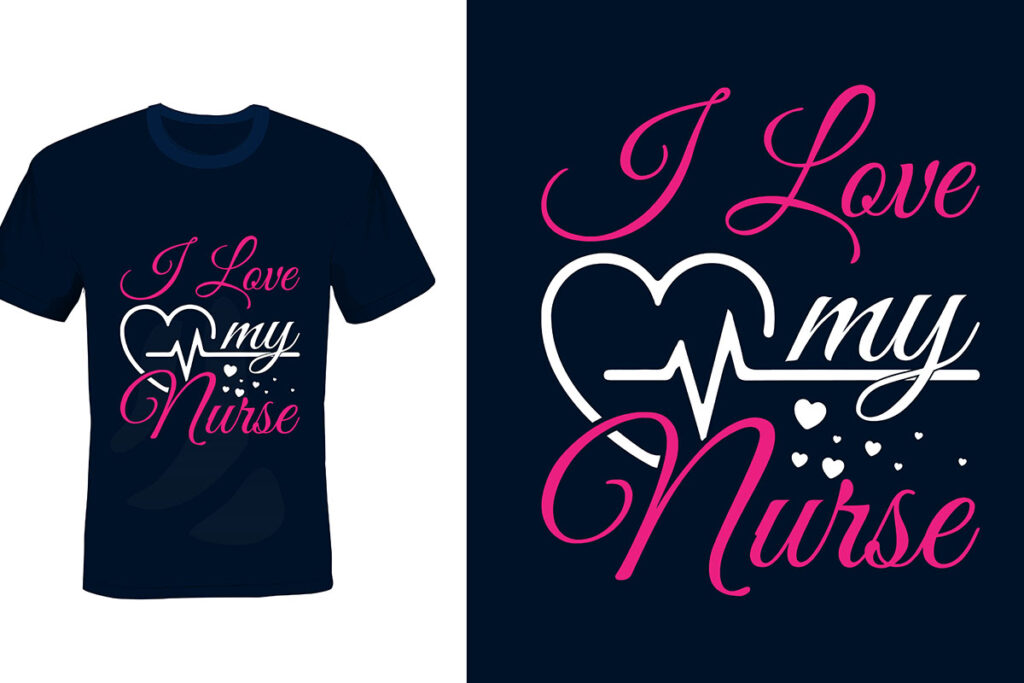DTF supplies for small businesses are transforming how brands scale custom apparel and promo items without the high minimums of traditional printing. From DTF ink formulations to transfer sheets, the right materials ensure vibrant colors and durable finishes across orders, which matters when planning DTF printing for small business. Investing in reliable direct-to-film supplies helps you meet timelines, control costs, and deliver consistent results from batch to batch. DTF printers for business should balance speed, ink cost, and maintenance to keep up with demand, and reliable DTF transfers help ensure consistent results across colors. This guide highlights the core components and practical tips to build a scalable workflow your customers can trust.
Beyond the direct-to-film approach, you can frame this workflow as a film-to-fabric transfer process that moves graphics from coated sheets to garments using adhesive powder. Think of it as textile decoration powered by a printable film, where white and color inks bond to fabrics through heat and pressure. From an LSI perspective, terms like transfer film, adhesive powder, and print-on-demand apparel reflect the same idea in different contexts. As your product line expands, you’ll assess dye-fastness, wash durability, and cross-fabric compatibility to keep quality steady across blends.
DTF Printing for Small Business: Essential Supplies and Scalable Workflows
DTF printing for small business has emerged as a practical, low-minimum solution for producing custom apparel, bags, and promotional items without the high setup costs of traditional methods. The right combination of direct-to-film supplies—DTF ink, DTF film, adhesive powder, transfer sheets, a DTF printer for business, and a capable heat press—can make the difference between missed deadlines and repeatable, scalable production. Understanding how these components fit together helps you build a workflow that grows with demand.
A typical DTF workflow starts with design, then proceeds to printing on DTF film, applying an adhesive powder, curing or drying, and finally transferring the image onto fabric or other substrates. By choosing reliable DTF ink and robust films, you ensure color accuracy, edge sharpness, and durability across batches. When you invest in the right supplies, you reduce waste and shorten lead times, enabling you to quote accurately and deliver consistently.
DTF Ink and Films: Maximizing Color, Durability, and Consistency
DTF ink is the heart of the process, designed to print vibrant colors on PET film with strong white ink performance for dark fabrics and high-contrast designs. For a small business, selecting an ink system involves evaluating color gamut, print head compatibility, drying time, and cost per item. Consistent ink behavior across batches minimizes color shifts and rework, which is crucial for maintaining customer satisfaction.
Equally important is choosing a film that stays clear and durable through curing. A high-quality DTF film resists edge curling, preserves sharp lines, and works harmoniously with the adhesive powder to avoid halos or color bleeding on transfers. When paired with compatible inks and appropriate curing steps, the film helps deliver predictable results from run to run.
Understanding DTF Transfers and Powder Application
The adhesive powder is a pivotal DTF supply that enables the printed design to bond with fabric. Uniform powder application and proper curing are essential for durable transfers; too little powder can lead to incomplete adhesion, while too much can create a rough feel on the garment. Investing time in learning how to apply powder evenly and adjusting curing parameters yields consistent results across orders.
Transfer sheets are what move the design from film to fabric, so selecting sheets that match your ink system and fabric types—cotton, blends, or synthetics—helps minimize ghosting and ensures solid white coverage on dark fabrics. Quality transfer sheets reduce edge artifacts and improve the overall legibility and color fidelity of DTF transfers.
DTF Printers for Business: Evaluating Reliability, Speed, and ROI
DTF printers for business often come in desktop or compact wide-format forms that support CMYK—and sometimes white—ink configurations. When evaluating a printer, assess ink cost per page, print speed, maintenance needs, and the availability of compatible DTF inks. A reliable printer minimizes downtime and keeps your production on schedule, which is especially important when fulfilling multiple orders in a day.
Choosing the right printer also involves piloting with a few reputable brands before committing to a full inventory of DTF inks, films, and powders. Consider total cost of ownership, potential throughput, and how easily you can source compatible components. A well-chosen printer helps you scale without sacrificing quality or timelines, delivering a solid ROI as order volumes rise.
Direct-to-Film Supplies for Scaling: Inventory, Cost, and ROI
Direct-to-film supplies are the backbone of a scalable DTF operation. Build a balanced inventory of DTF ink, DTF film, adhesive powder, transfer sheets, and a dependable heat press, while monitoring cost per item and lead times. Starting with a solid mix helps you quote accurately and fulfill orders consistently as demand grows.
As you scale, negotiate better prices with suppliers, diversify brand choices to avoid bottlenecks, and implement clear stock-control procedures. Keeping a clean, organized inventory reduces downtime, lowers waste, and preserves quality across larger production runs, enabling you to expand product offerings with confidence.
Workflow Optimization and Quality Control in DTF Production
Workflow optimization hinges on clear standard operating procedures (SOPs) for each step: design, print on DTF film, apply adhesive powder, cure, align the film on the garment, and press. Recording parameters such as ink settings, curing time, and pressing temperature helps you reproduce successful results and minimize waste, laying a solid foundation for consistent output.
Quality control is essential for customer satisfaction and repeat business. Validate color profiles for each garment color and fabric type, run test swatches before introducing new designs, and inspect white ink coverage on dark fabrics. After curing, assess transfer edges, legibility, and color fidelity, and perform basic wash tests to ensure durability over time. Establishing robust QC checks keeps your DTF business on course as orders scale.
Frequently Asked Questions
What are the essential DTF supplies for small businesses starting with DTF printing for a small business?
Key DTF supplies for small businesses include a compatible DTF printer, white and color inks, DTF film, adhesive powder, transfer sheets, and heat-press or curing equipment. Start with reliable brands, pilot a few inks and powders, and build a scalable setup to maintain quality and on-time production.
How do I choose DTF ink for small business production within DTF supplies for small businesses?
When selecting DTF ink, prioritize white ink performance on dark fabrics, color gamut, printer compatibility, drying time, and cost per item. Test batches to ensure color consistency across orders and store inks properly to prevent clogging.
What should I consider about DTF transfers and transfer sheets when stocking DTF supplies for small businesses?
Choose transfer sheets compatible with your ink system and fabrics, ensure solid white coverage on dark fabrics, test for ghosting, and match sheets to your film and adhesive powder workflow to minimize edge halos and color bleed.
What should I look for in DTF printers for business use to support DTF supplies for small businesses?
Look for printers designed for DTF with reliable white and color ink support, reasonable per-page ink cost, good print speed, and manageable maintenance. Also consider footprint, service availability, and compatibility with your chosen inks and powders to keep production running smoothly.
How can I optimize workflow with direct-to-film supplies, including curing and heat pressing, for a small business?
Map a simple, repeatable workflow: design, print on DTF film, apply adhesive powder evenly, cure, align and transfer with a heat press. Use standard operating procedures, document ink and temperature settings, and invest in a reliable heat press and curing method for consistent results.
What common pitfalls should I avoid with DTF supplies for small businesses and how can I plan for growth?
Avoid relying on a single supplier; test multiple inks and powders, train staff on powder application and curing, and maintain a clean, organized workspace. Track per-item costs and ROI, pilot new brands before scaling, and stage inventory growth to meet rising demand.
| Aspect | Key Points |
|---|---|
| Inks | DTF ink is formulated to print on PET film with good white ink performance and color vibrancy. Consider color gamut, print head compatibility, drying time, and cost per finished item. Consistency across batches reduces color shifts and waste. |
| Films | DTF film should be clear, durable, and compatible with your printer and curing method. It should resist edge curling, maintain sharp lines, and work well with adhesive powder to avoid halos or color bleeding. |
| Adhesive Powder | Powder enables the transfer from film to fabric. Apply evenly; too little causes weak adhesion, too much creates rough texture. Thorough curing and uniform application are essential. |
| Printers | Desktop or compact wide-format printers with CMYK (and sometimes white). Evaluate ink cost per page, print speed, maintenance, and compatibility with DTF inks for reliability and uptime. |
| Transfer Sheets | Transfer sheets must work with your ink system and fabric types (cotton, blends, synthetics). High-quality sheets reduce ghosting and ensure solid white coverage on dark fabrics. |
| Heat-press / Curing Equipment | A well-calibrated heat press delivers even pressure and stable temperatures so transfers cure firmly without scorching. Plan for versatility across garment sizes and a suitable curing method for powders. |
| Typical Workflow | Design → print on DTF film → apply adhesive powder → cure → transfer onto garment → apply heat/pressure. Use clear SOPs and record parameters to reproduce results and reduce waste. |
| Quality Control | Validate color profiles for each fabric, test swatches, inspect white ink coverage on dark fabrics, and check transfer edges and legibility after curing. Implement wash tests to ensure durability. |
| Cost & ROI | Track per-item costs (ink, film, powder, curing energy). Seek bulk discounts, optimize batch sizes, automate steps, and reduce setup time to improve margins. |
| Common Pitfalls | Avoid single-supplier dependence; test multiple ink and powder brands. Improve powder application and curing consistency, and maintain a clean, organized workspace to prevent waste and quality issues. |
| Case Study (Hypothetical) | A startup standardizes workflow with a DTF printer, film, heat press, and selective inks, documents SOPs, and scales to larger equipment—expanding product lines and increasing order value and repeat customers. |



